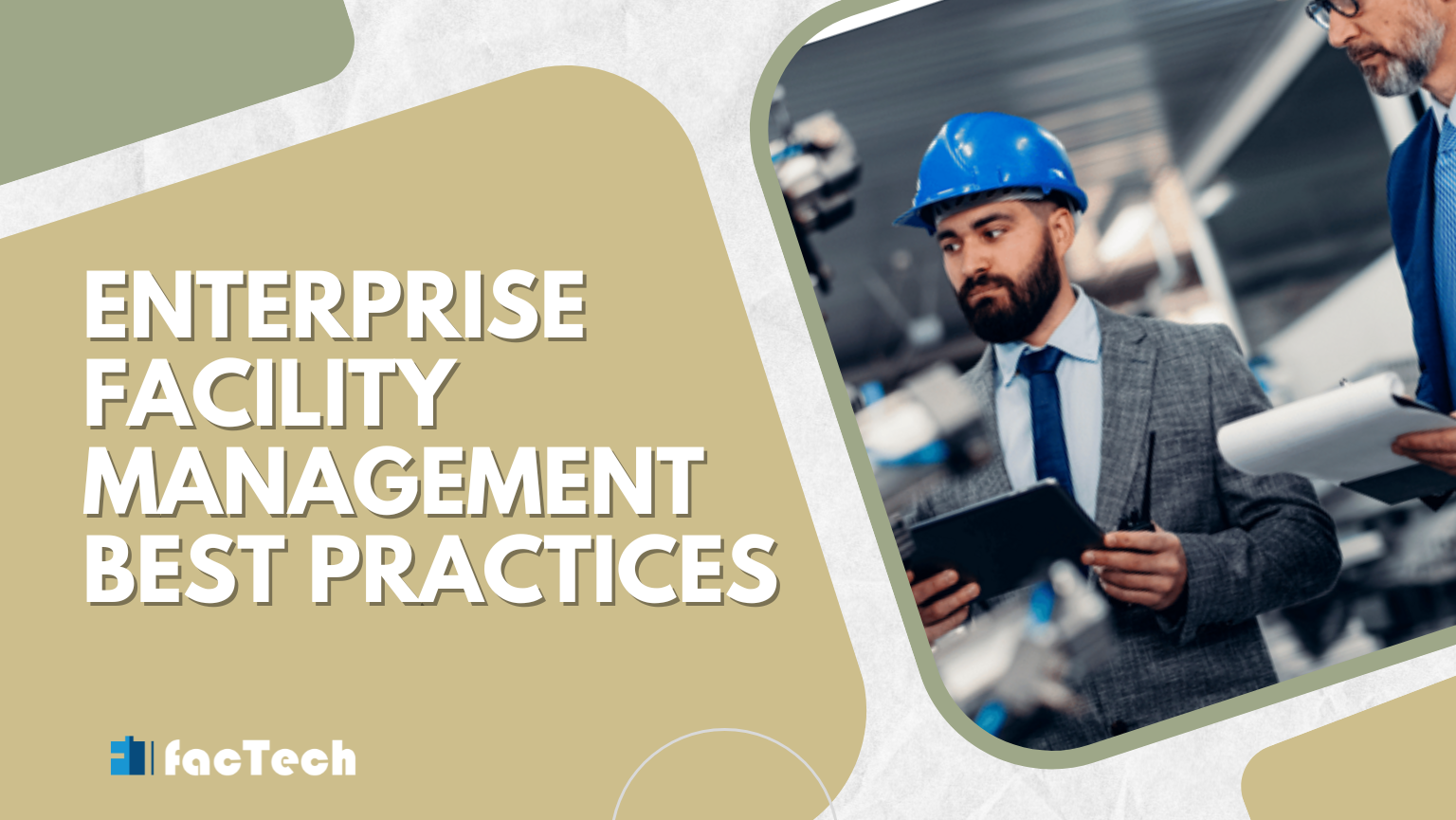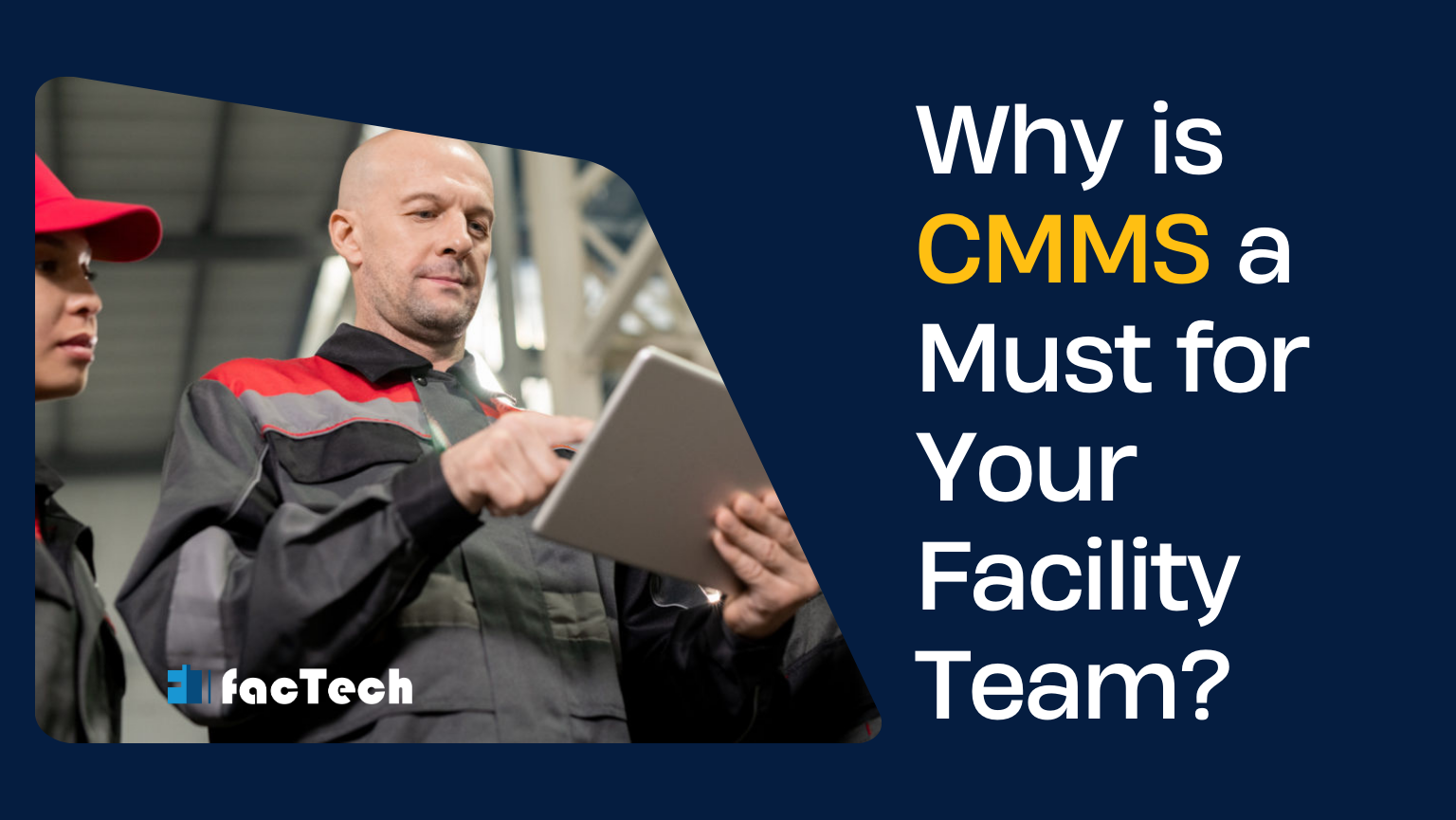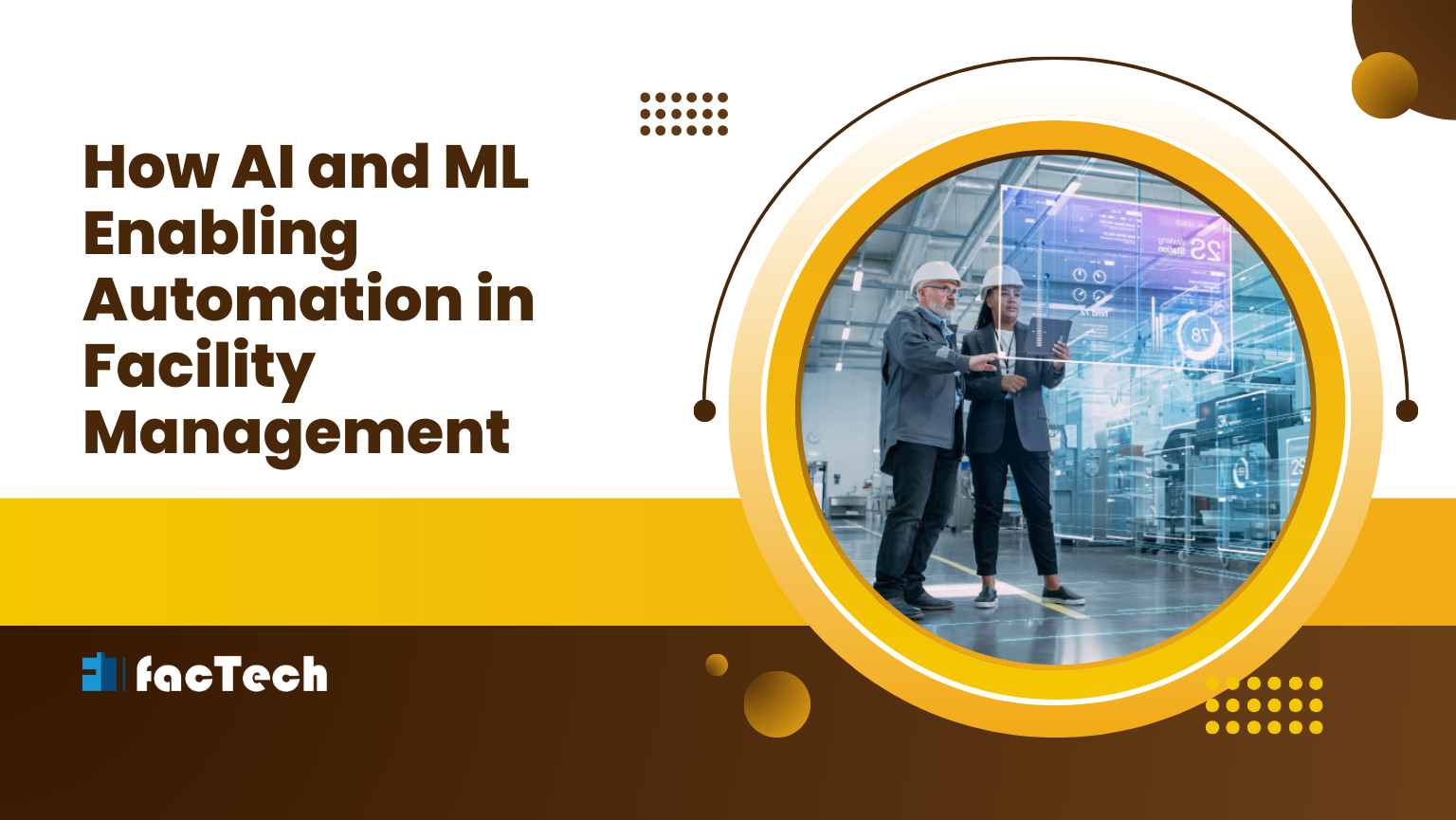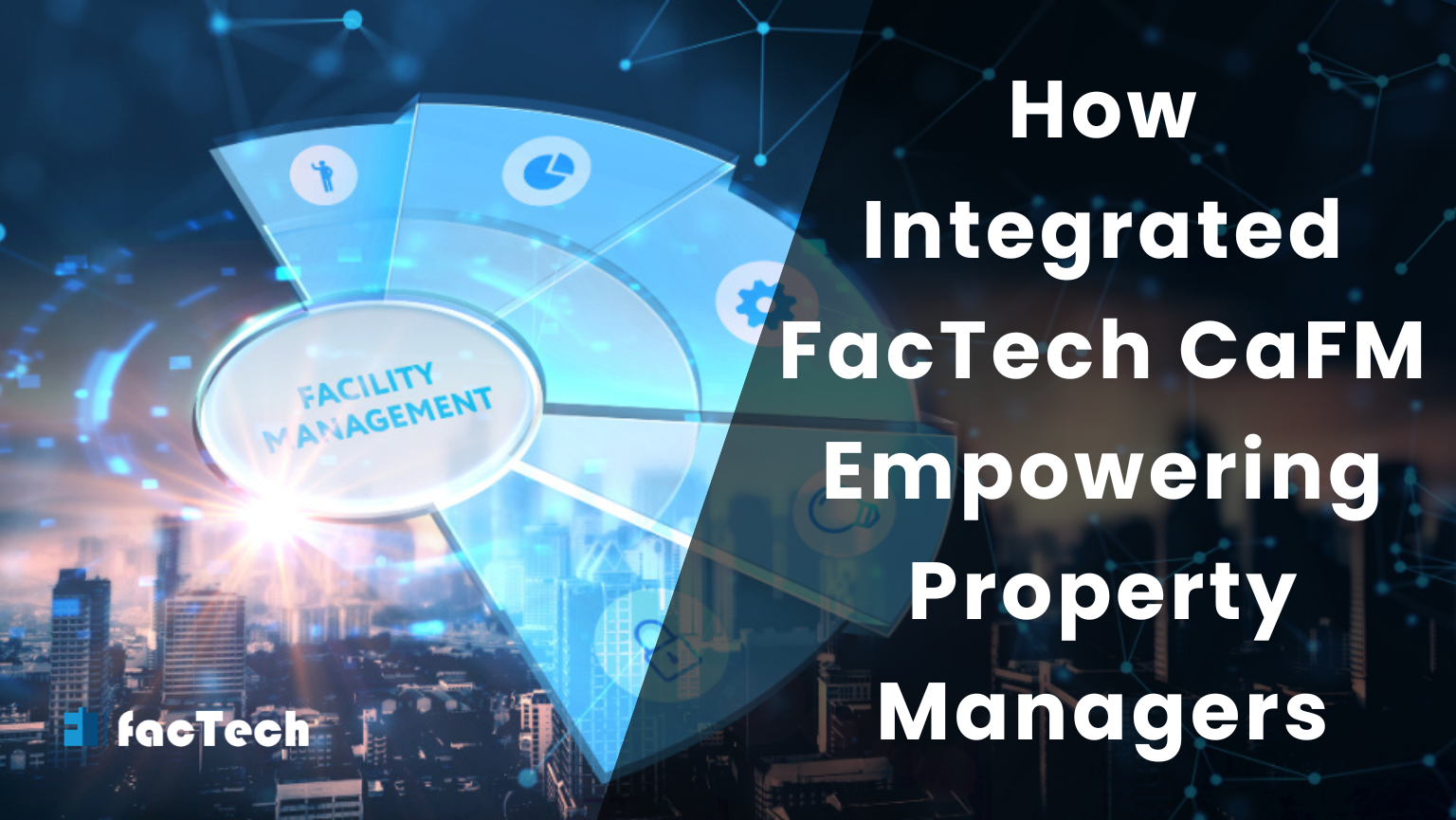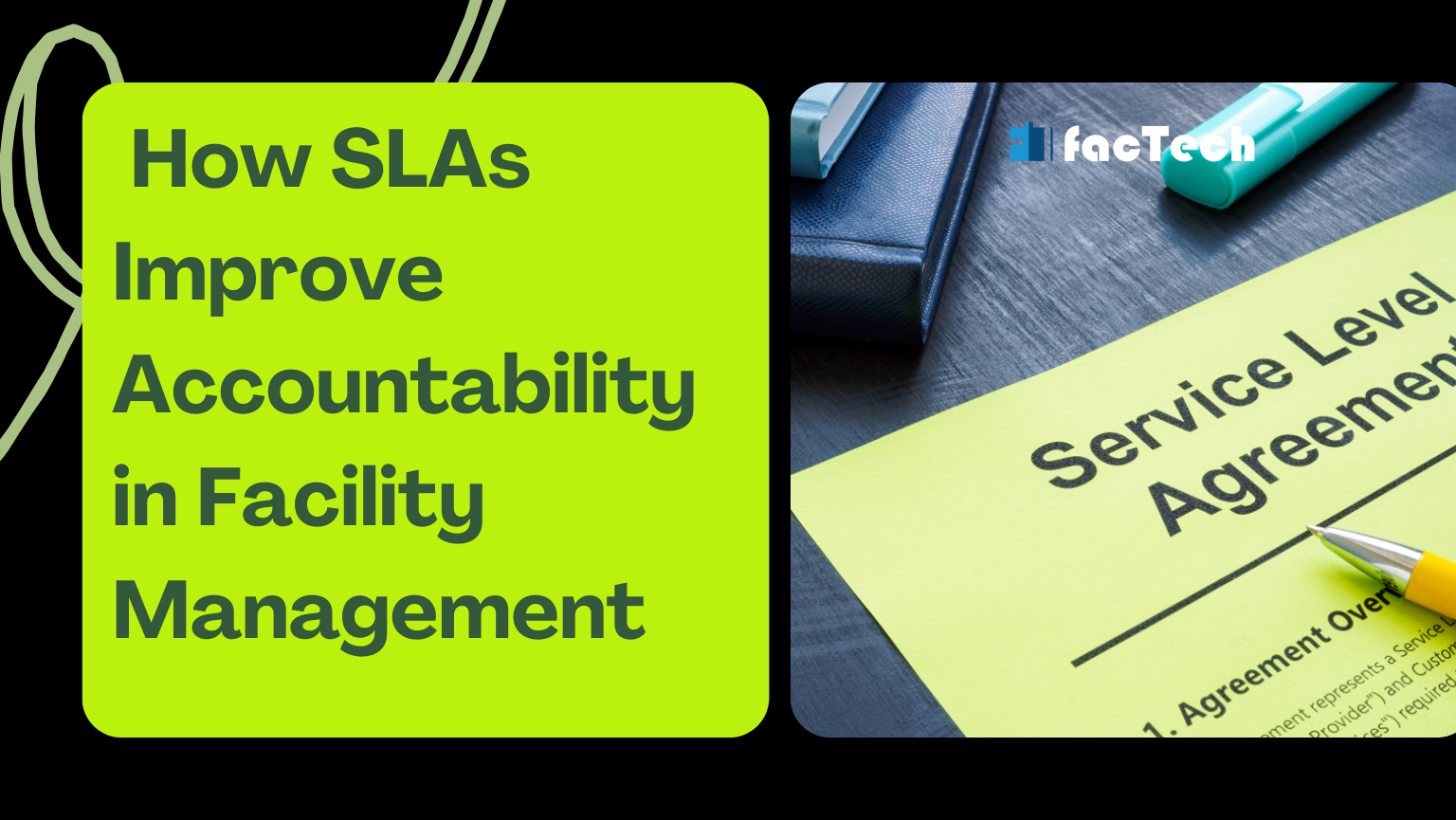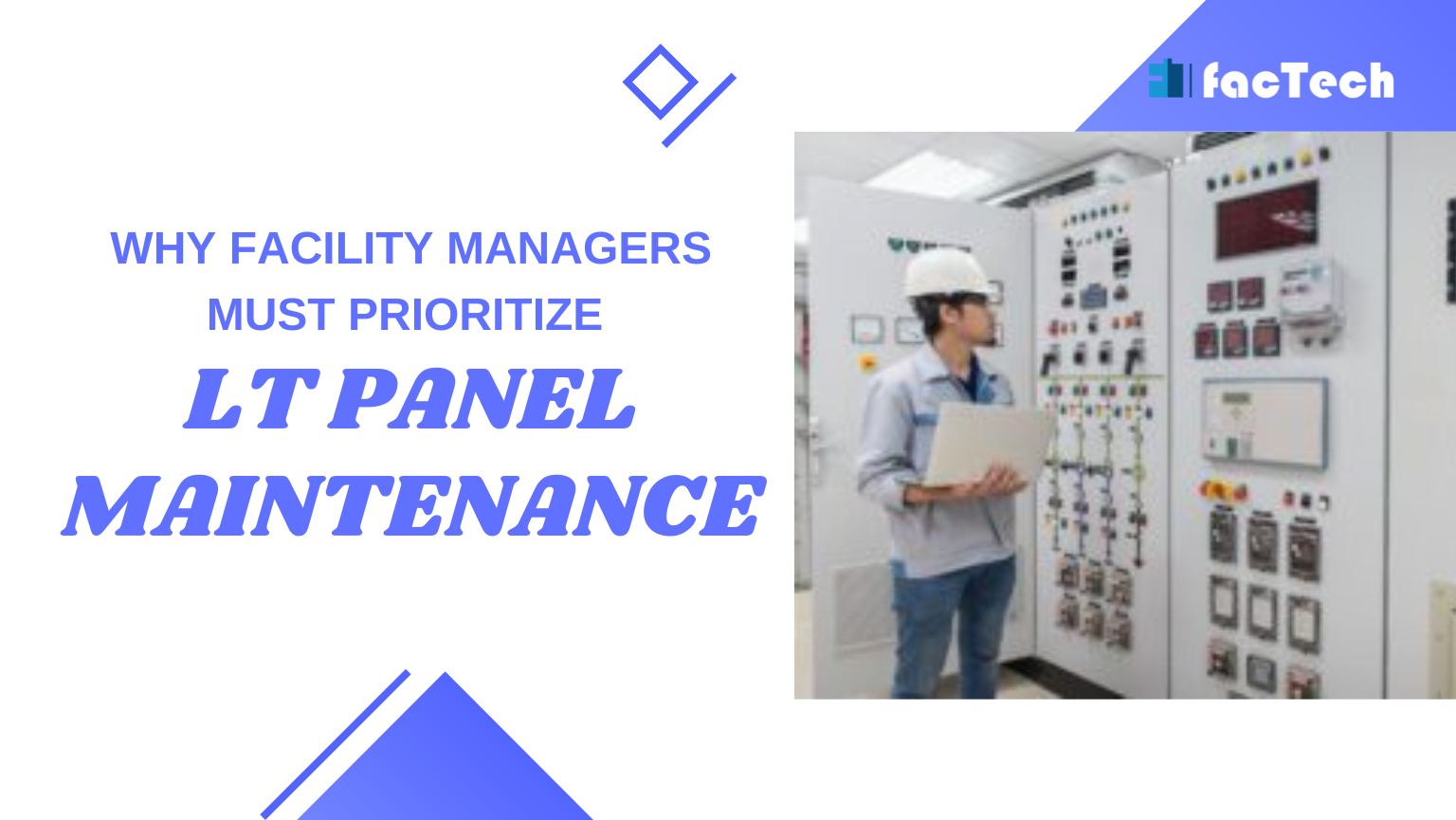Enterprise Facility Management Best Practices
Facility managers around the world share and use best practices for facilities management on a daily basis, regardless of the industry. Facility managers have a common objective when it comes to facilities management, even though not all firms function in the same way: to increase employee productivity, reduce operating expenses, and work effectively and efficiently. A facility management system provides a common platform to operate daily chores timely and effectively.
Since every day is unique and procedures are constantly changing to meet needs, facility managers understand that facility management is a constantly changing process. Therefore, it is imperative that facility managers continue to use and keep themselves updated with best practices for facilities management. It is the only method to reduce expenses and maintain their enterprise systems and facilities as effectively as feasible.
You may quickly achieve operational success, reduce expenses, and increase the effectiveness of maintenance management by implementing these common facilities management best practices.
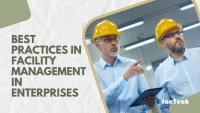
Best Practices in Facility Management in Enterprises
Ensuring the safety, efficiency, and productivity of any construction or facility depends on facility management. It entails supervising a wide range of activities, including energy optimization, security and repairs. Ensuring that all one’s facilities are running as they should depends mostly on facilities managers.
Key elements of facilities management are listed below, so facility managers can guarantee productivity, efficiency, and safety.
Specify and Organize the Team Structure
Effective facilities management depends on a clearly defined and orderly team structure. Clearly defining roles and responsibilities guarantees that chores are finished successfully and helps to avoid duplication. Because every member of an orderly team knows their responsibilities and expectations, it also fosters accountability.
This clarity enhances cooperation and communication, hence guiding better operations and outcomes.
Give Technology First Priority
The success of your facilities management plan depends on your making appropriate technological investments. Modern tools and technologies can increase the general functioning of your facility, lower expenses, and improve efficiency. Giving technology expenditures top priority guarantees that your staff gets the tools they need to operate at their best.
Maintaining competitiveness and responsiveness to shifting industry needs also depends on keeping current with technology developments.
Automate and Streamline Facilities Maintenance
Administrative management of facilities through operations and work simplification, trends like automation are transforming facility management system. Automating monotonous chores helps your team to free up time for more important work. Automation increases accuracy and efficiency while also reducing human mistake risk. Faster reaction times and better general facility management are results of these simplified procedures.

Improve Employee Skill Development
Long-term success of facility management system depends on investments in staff skill development. You make sure your staff is ready to meet different difficulties by offering chances for professional growth and continuous instruction.
More effective performance by skilled workers helps to lower the possibility of mistakes and raise general production. Furthermore, a well-trained staff can rapidly adopt new technology, such as facility management software, and changing procedures, and maintaining operations effectively.
Accept and Make Use of IoT Capabilities
Modern facilities management has great tools available from the Internet of Things (IoT). IoT devices may track many facets of your building in real time, offering insightful information to help to maximize processes. IoT sensors, for instance, may monitor energy consumption and let you make changes meant to cut waste and slash expenses. Adopting IoT technologies enables you to make wiser judgments and keep ahead of possible problems.
Use a Preventive Maintenance Program
Maintaining a facility in running order depends on a preventive maintenance schedule. Regular maintenance chores help you to handle minor problems before they become more serious. This proactive strategy increases equipment lifetime and lowers downtime. Preventive maintenance also improves safety and dependability, guaranteeing effective operation of your facility.
Also, read preventive maintenance best practices 2025.
Proceed into Predictive Analytics
Predictive analytics anticipates possible problems before they start, therefore elevating facilities management. Analyzing past data helps predictive algorithms find trends and project future results. Early problem addressing made possible by this proactive strategy helps to lower maintenance costs and downtime. Predictive analytics also guarantees that your facility runs at maximum efficiency by helping to improve resource allocation.
Allow Mobile Access
In the hectic office of today, giving your staff mobile access is really vital. Mobile technologies provide flexibility and responsiveness by letting staff members access critical data and handle duties anywhere. Your staff can rapidly solve problems as they develop with mobile access, therefore minimizing downtime and maintaining seamless functioning of your business. It improves communication as well, allowing real-time updates and group projects.
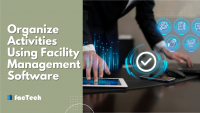
Organize Activities Using Software
One effective approach to simplify processes and raise efficiency is using maintenance management tools. From work scheduling to performance tracking, this program lets you plan and supervise all maintenance activities.
Simplifying maintenance data can help you to quickly track development, spot problems, and guide decisions. Additionally helping to automate repetitive processes, maintenance management software frees up time for your staff to concentrate on more important work.
Factech offers the best facility management system to help you in managing all the operations with effective asset management, inventory management, vendor management, maintenance management, and many more. Our software is an integrated software that connects with any system and offers you easy control with mobile. Real-time data helps you in predictive and preventive maintenance and reduces the chances of downtime. Visit our facility manager guide to learn in depth about facility manager duties and responsibilities.
The bottom line
Maintaining effective, affordable operations and safe surroundings requires including best practices in facilities management. Your facility’s performance and lifetime will improve by concentrating on skill development, using technology, and putting preventative actions into effect. Adopting these methods not only enhances daily operations but also helps facilities management to be sustainable and successful long-term.
FAQs
Q.1 For what primary objective do facility management best practices aim?
To increase staff output, cut running expenses, and guarantee effective and efficient facility operations.
Q.2 Why is employing technology important in facility management?
Technology provides tools to improve performance, lower expenses, and ensure competitiveness.
Q.3 How does facility management benefit from preventive maintenance programs?
It addresses minor issues early, extends equipment lifespan, reduces downtime, and improves safety and reliability.
Q.4 What benefits result from adopting facility management software?
By means of activity organization, tracking progress, problem detection, and task automation, it increases efficiency and streamlines procedures.
